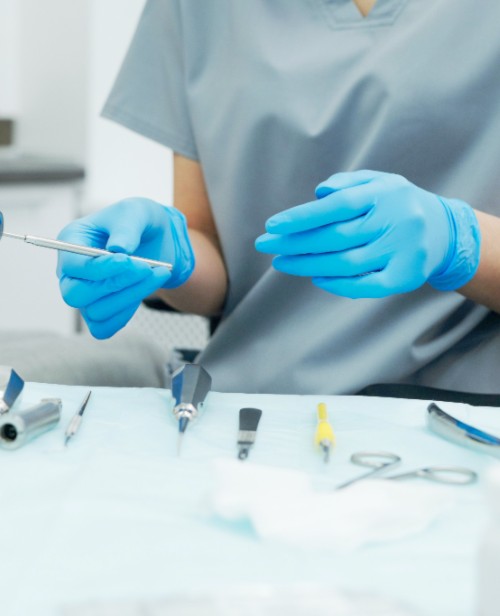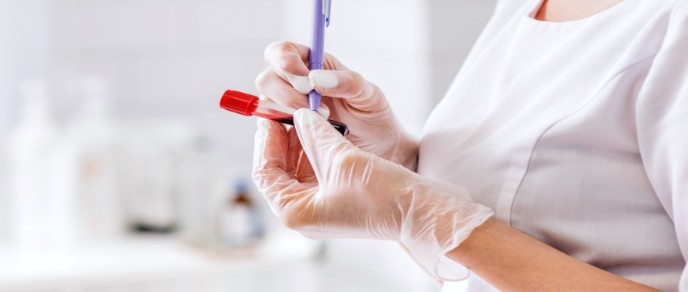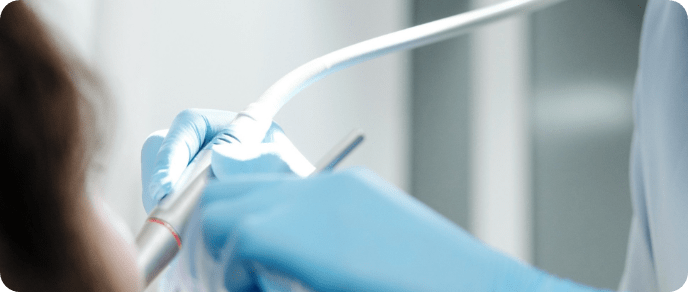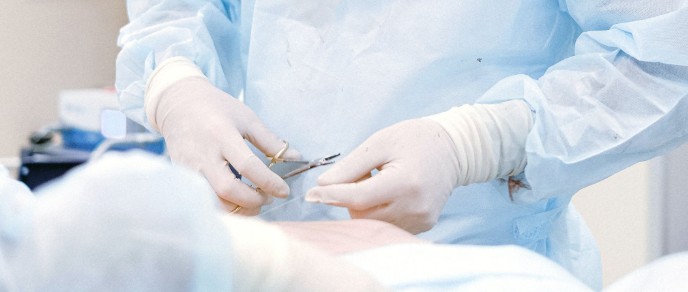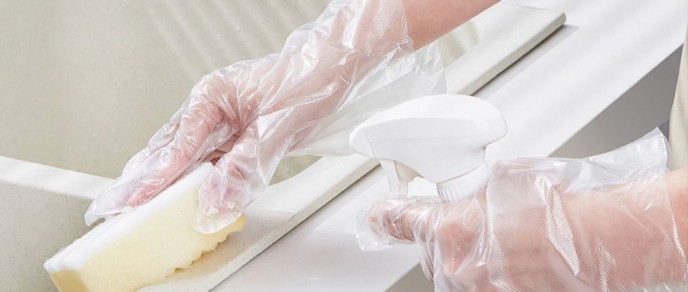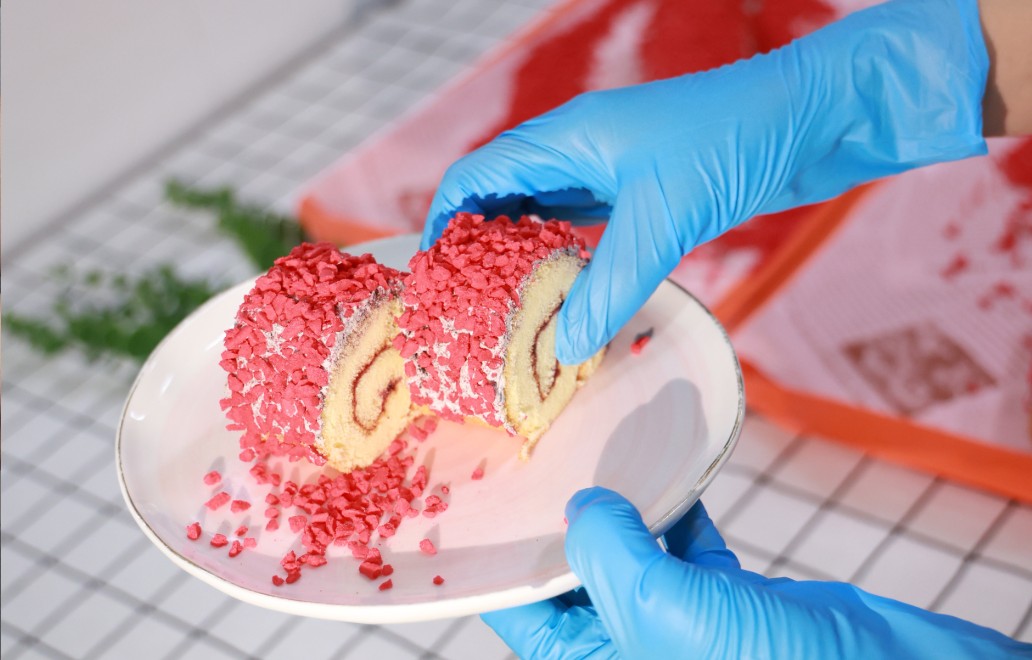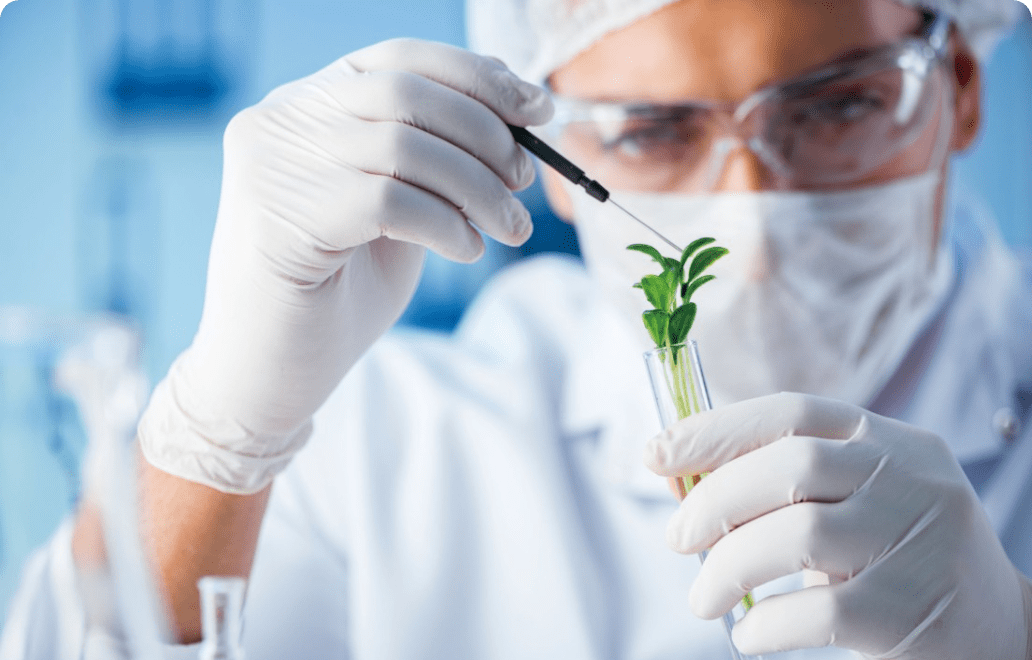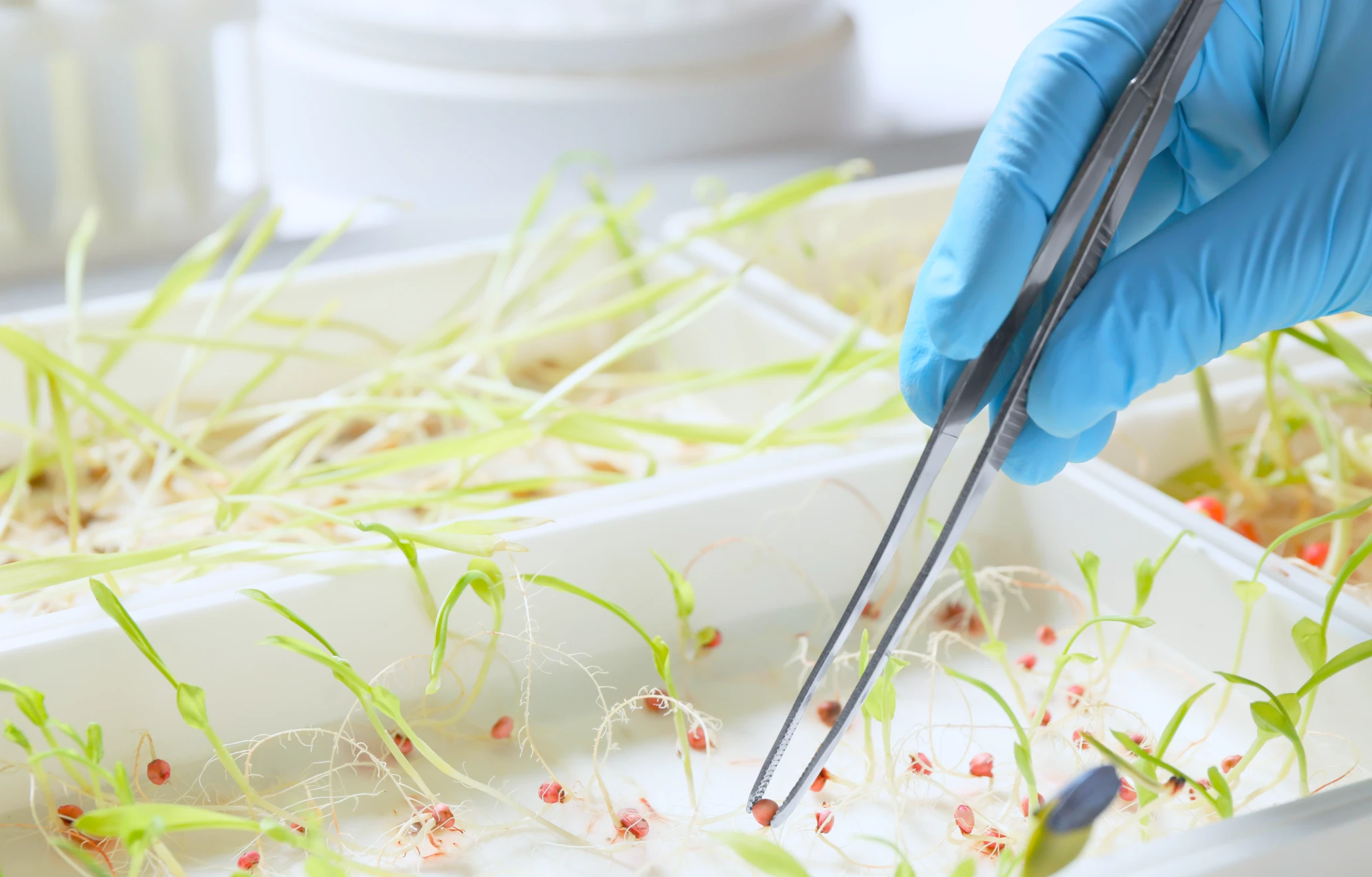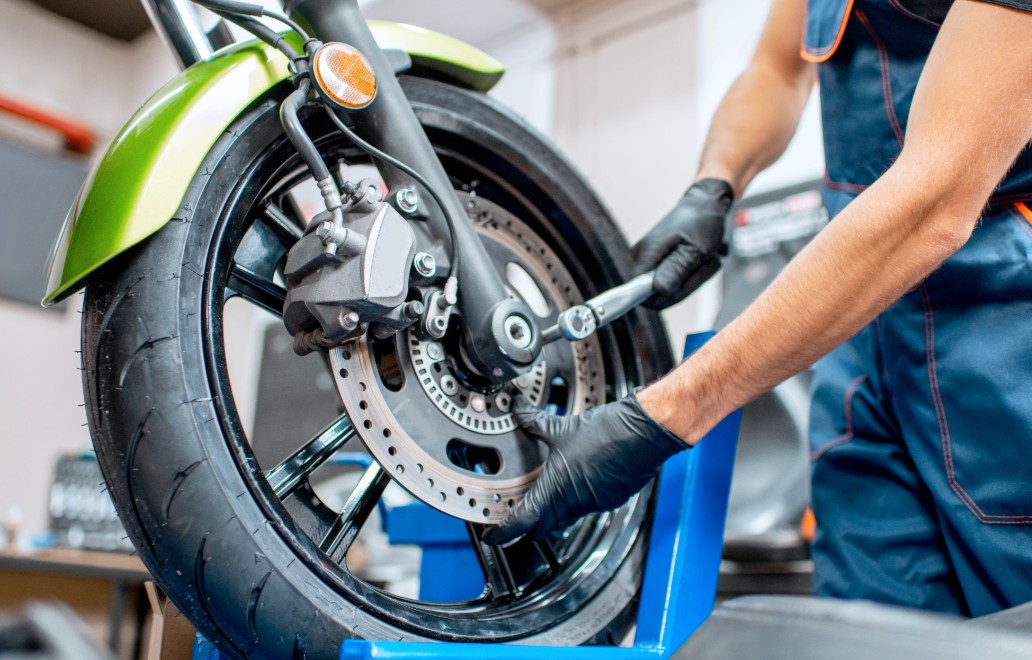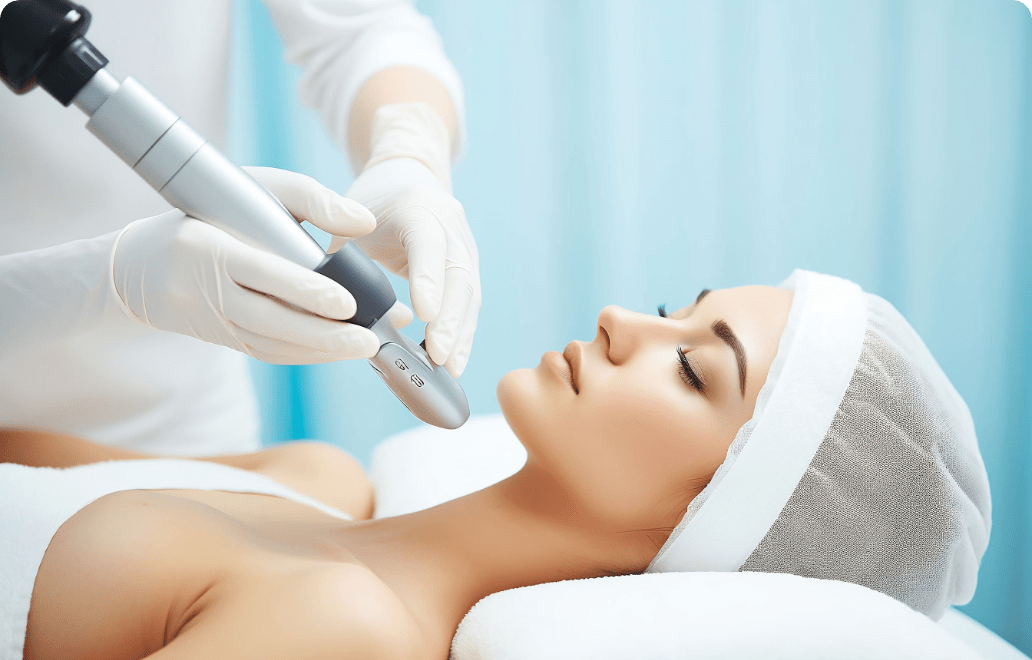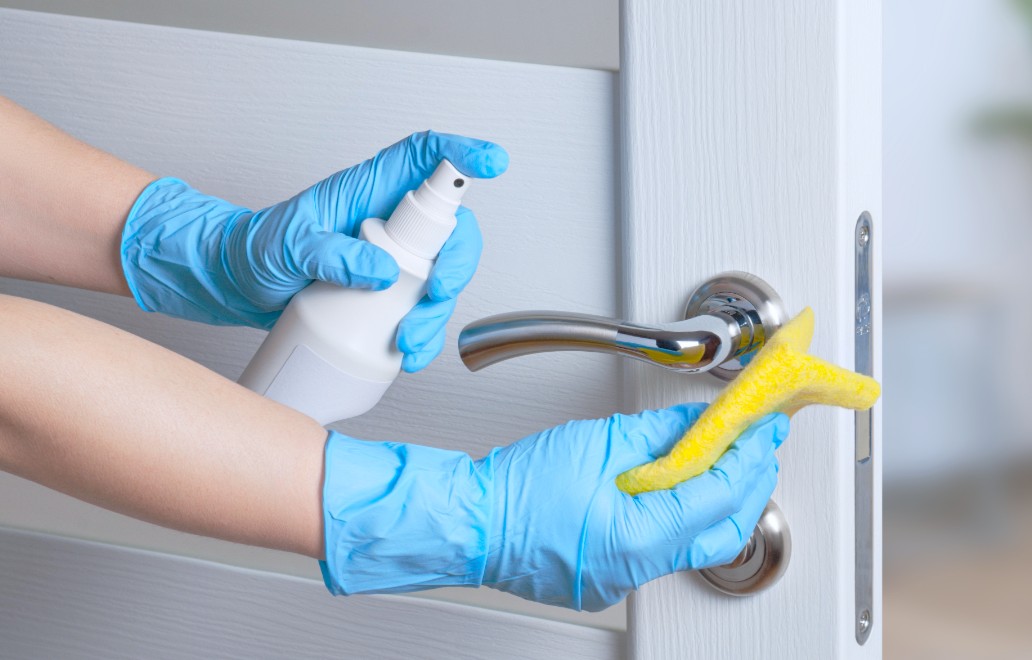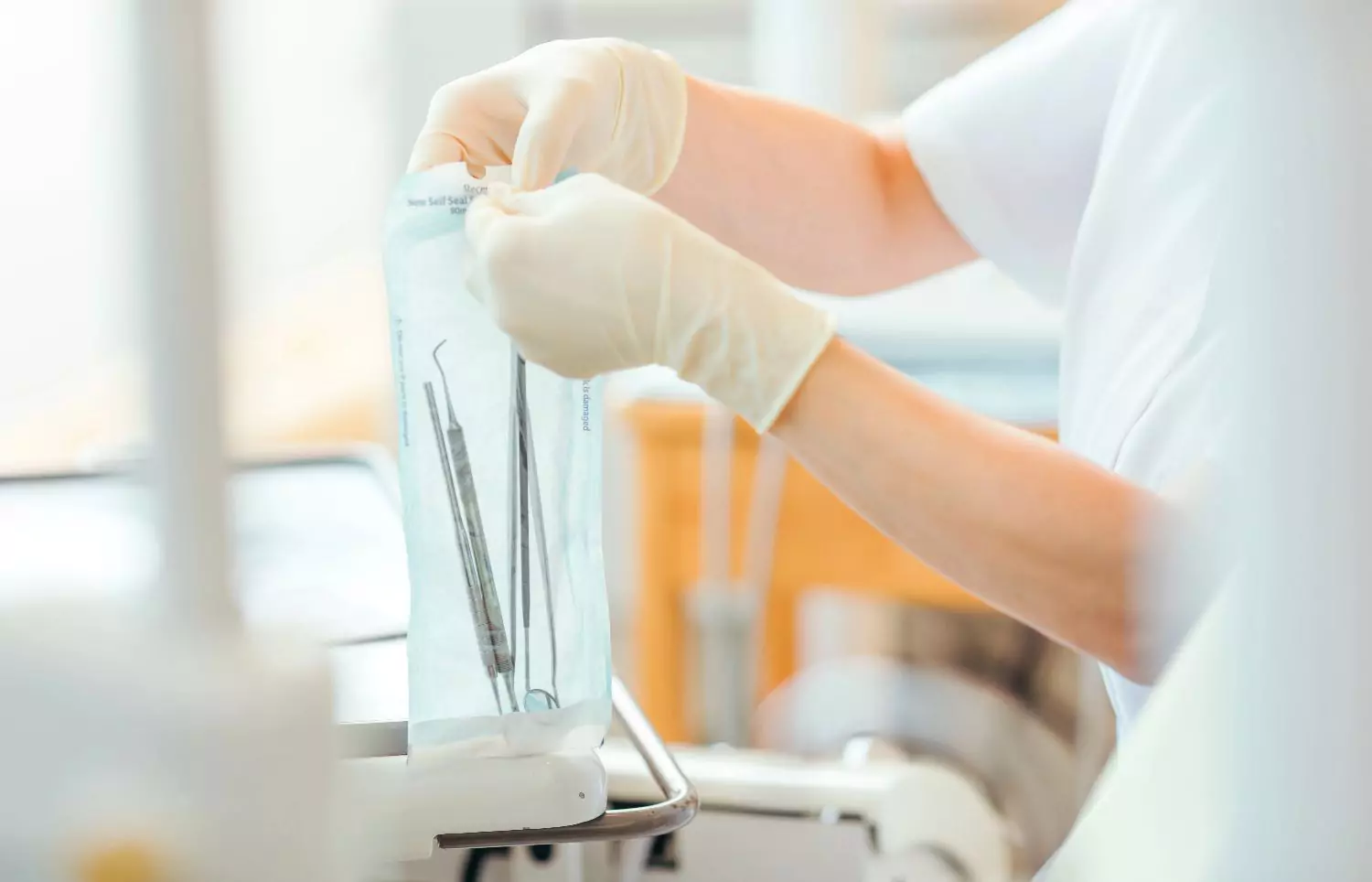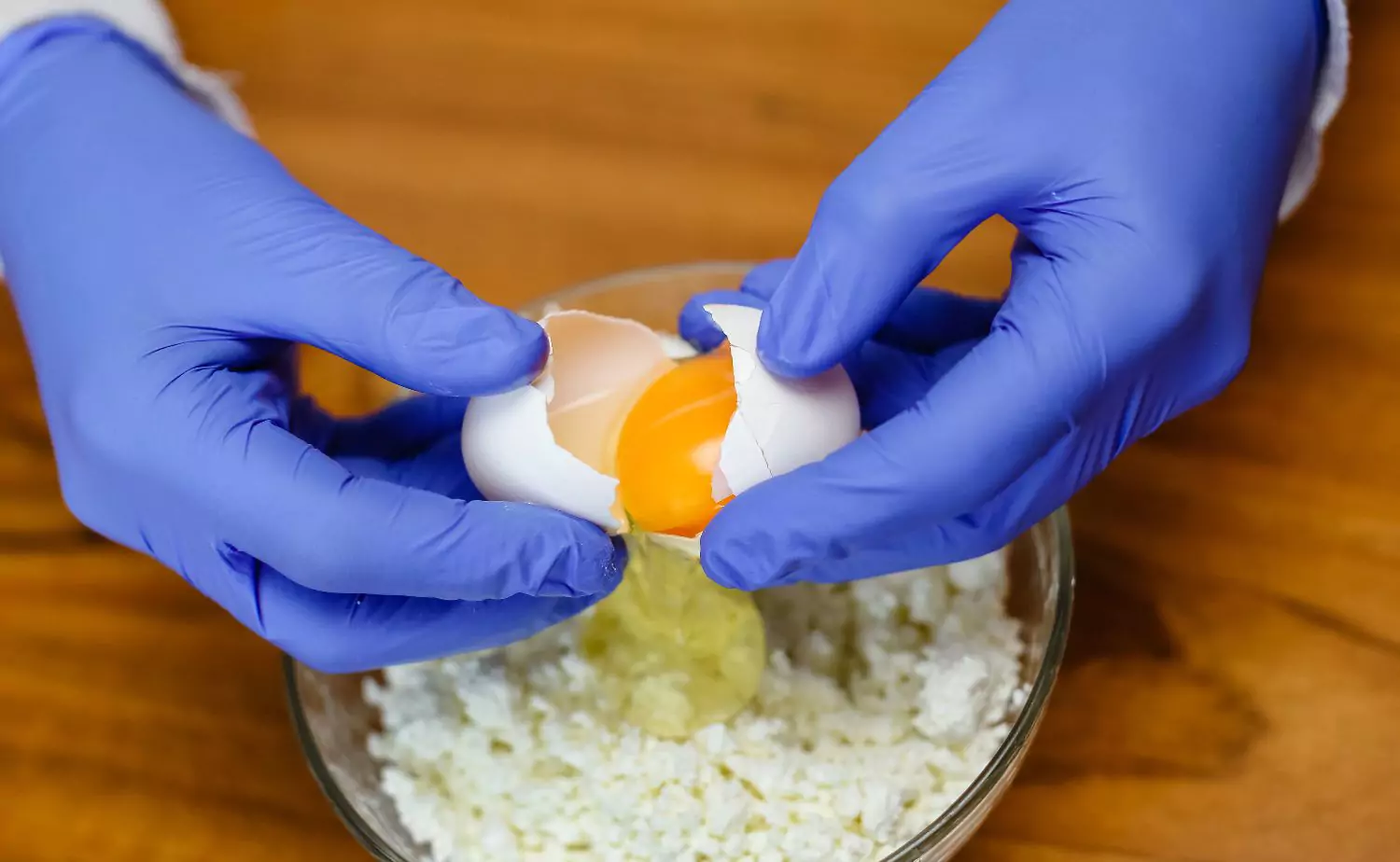Steps to Properly Use Disposable Gloves in Healthcare
When you follow the steps for wearing disposable gloves and practice universal precautions, you protect both yourself and your patients from infection. Wearing disposable gloves as part of universal precautions acts as a vital shield, but it’s important to use them correctly. Studies show that glove use is most common in intensive care, yet up to 30% of healthcare workers’ hands can still become contaminated with germs if gloves tear or are not changed as needed.
INTCO gloves meet strict safety standards and provide robust protection, supporting infection control and universal precautions in every medical setting.
Wearing Disposable Gloves: Universal Precautions
When to Wear Gloves
It is important to know when to use gloves in healthcare. Wear disposable gloves. Universal precautions mean you wear gloves if you touch blood, body fluids, mucous membranes, or broken skin. You also need gloves when you handle dirty equipment or clean up spills. The CDC and WHO say you must use gloves as part of standard precautions. This helps protect you from bloodborne pathogens and other germs.
You must change gloves between each patient. You also change them between different tasks on the same patient. Never use disposable gloves more than once. If your gloves rip or get very dirty, take them off right away. Put on a new pair. INTCO gloves are made for quick and easy use. This helps you work safely and fast.
Tip: Keep gloves close to where you care for patients. This makes it easier to remember to use them. It also helps you not miss a step in infection control.
Why Universal Precautions Matter
Universal precautions keep you and your patients safe from infection. Wearing disposable gloves with universal precautions creates a barrier that stops germs from spreading. Studies show gloves can lower the amount of blood on sharps by 46-86%. This means you are less likely to be exposed if you use gloves the right way.
Groups like OSHA, CDC, and WHO have strict rules for glove use. They say you must follow universal precautions in all healthcare settings. Even with these rules, not everyone always uses gloves. For example, only 32% to 43% of workers use gloves every time during some procedures. Some people skip gloves because they are in a hurry or worry about losing hand skills. However, wearing disposable gloves and universal precautions is still one of the best ways to stop infections in healthcare.
INTCO gloves meet all the big safety standards. You can trust them to protect you in any situation, from daily care to risky procedures. Their gloves help you follow universal precautions and keep everyone safe.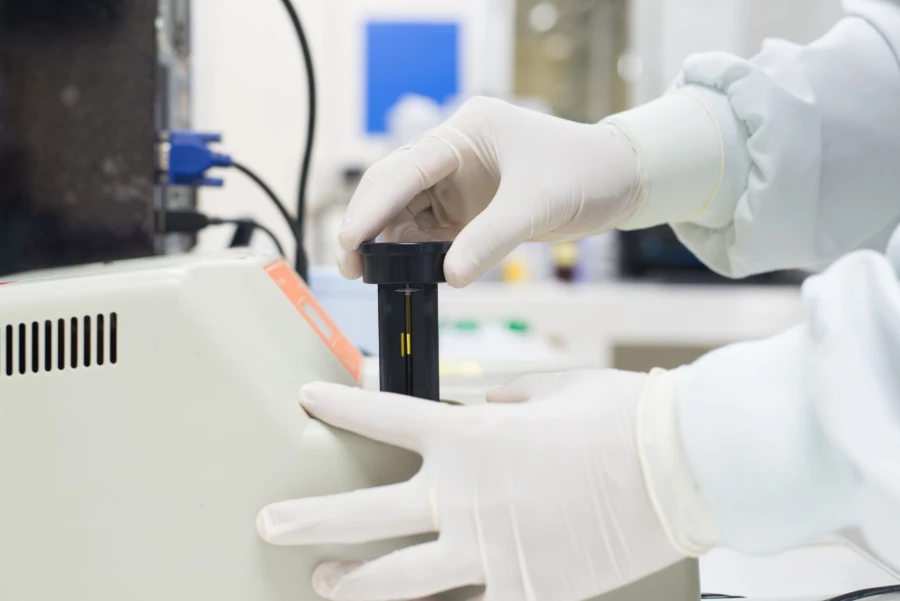
How to Use Gloves
Choosing the Right Glove
Picking the right glove is the first thing you should do. You need to match the glove to your job. Nitrile gloves are best if you work with chemicals or sharp tools. They protect well against chemicals and cuts. Latex gloves fit well and let you feel things better. This helps when you need to be careful during exams. Vinyl gloves are good for short, easy jobs. But they do not protect as much and can break more often.
|
Property |
Latex (Natural Rubber) |
Nitrile (Acrylonitrile-Butadiene) |
PVC/Vinyl (Polyvinyl Chloride) |
|---|---|---|---|
|
Barrier Failure Rate |
~0–4% |
~1–3% |
12–61% |
|
Chemical Resistance |
Moderate |
Best |
Weakest |
|
Puncture Resistance |
Moderate |
Highest |
Lowest |
|
Tear Resistance |
Moderate |
High |
Low |
|
Allergy Incidence |
~10% |
14–18% |
Rare |
INTCO has many types of gloves. You can pick nitrile, latex, or vinyl. Always choose the one that fits your needs. Think about glove size, fit, and allergies. If you or your patient is allergic to latex, use nitrile or vinyl gloves. INTCO also has gloves with wide cuffs and no accelerators for extra safety.
Inspecting and Putting On
Look at each glove before you put it on. Make sure there are no holes or tears. Hold the glove up to the light to check for thin spots. Do not use gloves that look damaged.
Follow these steps to put on gloves:
1、Wash your hands with soap and water or use hand rub.
2、Take a glove from the box by the wrist part.
3、Put on the first glove and cover your wrist.
4、Use your gloved hand to pick up the second glove by the cuff.
5、Put on the second glove and adjust both for a good fit. Try not to touch your skin or other things.
Training helps you learn how to put on gloves the right way. Never wash or reuse disposable gloves. Keep gloves in a cool, dry place. Always have extra pairs ready.
Safe Use and Avoiding Cross-Contamination
When you wear gloves, keep your hands in the glove-use area. Do not touch your face, phone, or things outside the patient care zone. If you leave the patient area, take off your gloves and clean your hands before touching anything else.
Change gloves between patients and between different tasks on the same patient. If a glove rips or gets very dirty, change it right away. Never try to fix a glove. INTCO gloves are easy to change, so you can follow infection control rules.
Using gloves the right way helps stop germs from spreading. Studies show these steps lower contamination and keep everyone safer in healthcare.
Removing and Disposing
Safe Removal Steps
You need to take off your gloves the right way. This helps you not touch germs on the outside. First, pinch the outside of one glove on your wrist. Pull it off and turn it inside out. Hold this glove in your other gloved hand. Next, slide your bare finger under the wrist of the last glove. Peel it off from the inside. Wrap it around the first glove. This keeps your skin away from the dirty part.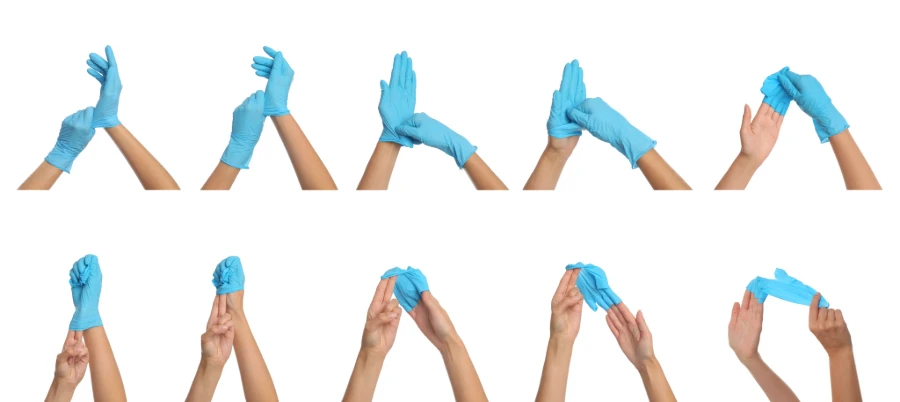
Tip: INTCO gloves have a smooth cuff. This makes it easy to grab and take off gloves. You can do this without ripping them or touching the outside.
Studies show careful glove removal lowers the chance of spreading germs. Double gloving and help from a nurse can lower direct contamination to 25%. The table below shows how different ways of taking off gloves change contamination rates:
|
Glove Removal Method |
Absolute Contamination Rate |
Direct Contamination Rate |
|---|---|---|
|
Three pairs, removing the outer pair |
92% |
59% |
|
Unassisted removal, double gloves |
75% |
37% |
|
Nurse-assisted replacement |
79% |
25% |
Proper Disposal
After you take off your gloves, throw them away right away. Use a clinical waste bin. Do not leave used gloves on tables or in normal trash. Follow your workplace rules for medical waste. INTCO gloves meet high safety standards like EN 455. They have a low AQL, so they are less likely to rip. This makes throwing them away safer. Some INTCO gloves break down in the environment, which helps the planet.
• Always use the right bin for clinical waste.
• Never use disposable gloves again.
• Pick gloves that are safe and easy to throw away.
Hand Hygiene After Use
You must wash your hands after you take off your gloves. Use soap and water or an alcohol hand rub. This step gets rid of any germs that touch your skin. Studies show washing hands before and after glove use stops infection best. Training and practice help you remember to do this every time.
Special Tips and Considerations
Latex Allergies
You might see latex allergies in healthcare. If you or someone at work has a latex allergy, do not use powdered natural rubber latex gloves. Studies say using powder-free, low-protein latex gloves or synthetic gloves like nitrile can lower allergy risks. Hospitals that use powder-free gloves have fewer latex allergy cases than those using powdered gloves.
|
Glove Type |
Allergy Risk |
Recommended Use Case |
|---|---|---|
|
Powdered Latex |
High |
Avoid if possible |
|
Powder-Free Low-Protein Latex |
Low |
Use with caution for sensitive users |
|
Nitrile, Vinyl, Polychloroprene |
Lowest |
Best for latex-sensitive individuals |
Double Gloving
Double gloving means wearing two pairs of gloves. This gives you extra safety during risky procedures. If the outer glove rips, your skin is still protected. Some studies show that double gloving lowers direct contamination. But it can make your hands feel less sensitive. You can wear a synthetic glove under a latex glove for more safety.
Note: Change both pairs if one glove gets damaged or dirty.
Cuts and Damaged Skin
You need to protect cuts or broken skin before putting on gloves. Cover any wounds with a waterproof bandage. Damaged skin can raise your risk of infection, even with gloves on. INTCO’s gloves give strong protection and come in many sizes for a good fit. Always check your hands and gloves before you start any task.
• Look at your hands for cuts or sore spots.
• Cover open areas with a tight bandage.
• Pick gloves that fit well and cover your hands fully.
Wearing the right gloves and following these tips helps keep you and your patients safe every day.
You keep yourself and your patients safe by using disposable gloves the right way. Pick the correct glove for your job. Look at the glove before you put it on. Change gloves when you need to. Good glove use and clean hands help stop infections and make everyone safer. Pick high-quality gloves like INTCO. They are comfortable and protect you every time.


